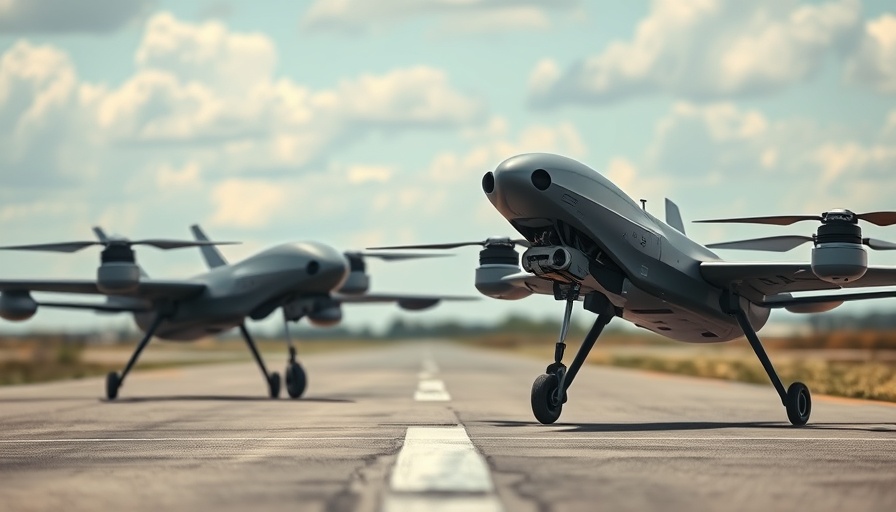
Understanding the Root Causes Behind Amazon's Drone Crashes
Amazon's ambitious venture into drone delivery has faced significant setbacks, raising fundamental questions about safety and reliability. In December, two Prime Air drones crashed during a test flight in Oregon, a dramatic failure attributed to inadequate sensors and software oversights. According to the National Transportation Safety Board (NTSB), the drones erroneously believed they had landed, leading to a catastrophic power shutdown mid-flight. This incident underscores a critical failure in the implementation of essential safety features.
The Impact of Sensor Technology on Drone Performance
The key to the incident lies in the lidar sensors, which employ lasers to gauge the drone's height and surroundings. These sensors, however, were compromised by a botched software update that made them overly sensitive to rain, resulting in false readings. This adjustment was detrimental to the drones' performance, suggesting that Amazon's cost-cutting measures may have contributed significantly to safety oversights. The decision to eliminate backup squat switches from previous models deprived the drones of critical redundancy, which could have prevented such accidents.
Comparative Insights from Other Drone Deliveries
This situation is not unique to Amazon. Other companies in the drone delivery industry face similar hurdles, highlighting the importance of robust testing and regulatory compliance. For instance, companies like Wing and Zipline have incorporated thorough sensor checks and safety protocols to mitigate the risk of accidents. By following the example set by these innovators, Amazon could enhance its safety framework and regain public trust in its delivery technologies.
Future Implications of Amazon’s Drone Strategy
The implications of these crashes extend beyond immediate safety concerns. Amazon's pivot from ground delivery to aerial solutions reflects a broader trend in logistics, aiming to leverage technology for efficiency. However, such transitions must be coupled with comprehensive risk management strategies to ensure consumer safety and operational efficacy. Moving forward, Amazon needs to prioritize reliability in their drone technology to maintain a competitive edge in e-commerce logistics.
Call to Action: What Should Amazon Do Next?
The path forward for Amazon lies in not only addressing these technical failures but also in re-evaluating its commitment to safety in its innovative endeavors. By investing in better technology and reinstating safety redundancies, Amazon can pave the way for a more reliable drone delivery system. Users can advocate for heightened safety practices and engage in discussions surrounding the ethics of drone deliveries. Keeping these conversations alive will ultimately benefit the consumer and the industry as a whole.
 Add Row
Add Row  Add
Add 
 Add Element
Add Element 

Write A Comment